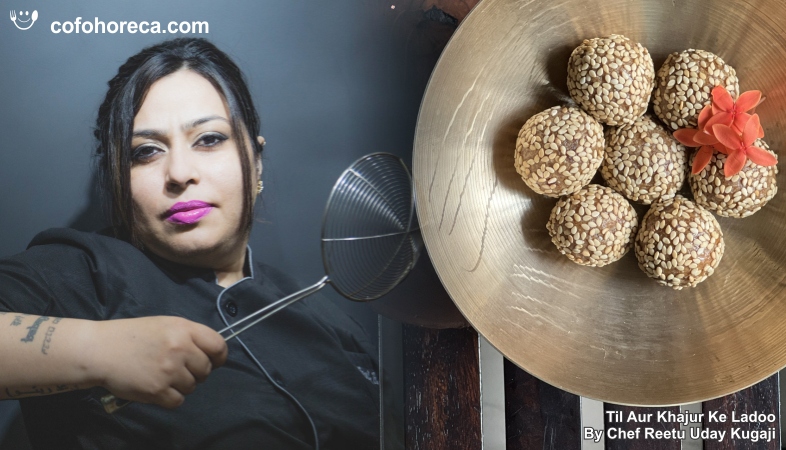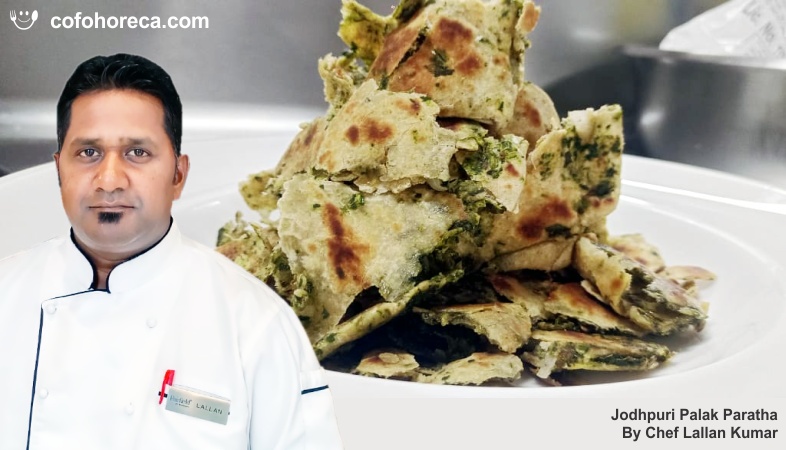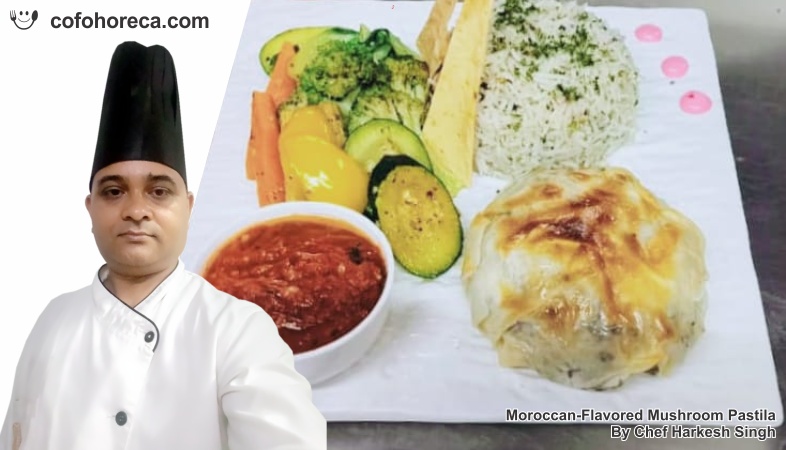Crafting a Culinary Masterpiece: The Art of Creating an Exceptional Restaurant Menu
It's a crucial tool that guides diners' choices and influences their overall dining experience.
Creating a compelling and successful restaurant menu is both
an art and a science. A well-crafted menu not only reflects the restaurant's
identity but also drives customer satisfaction and profitability. It's a
crucial tool that guides diners' choices and influences their overall dining
experience. Here are key considerations and strategies for making a good
restaurant menu that captivates and delights your guests.
The first step in creating a good menu is to understand your restaurant's concept and target audience. Your menu should align with your restaurant’s theme, whether it’s fine dining, casual, ethnic cuisine, or fast food. For instance, a fine dining establishment might feature sophisticated, multi-course meals with elegant descriptions, while a casual diner might focus on comfort foods with a relaxed, friendly tone. Knowing your target demographic helps tailor the menu to their preferences and expectations. This alignment ensures that your menu feels cohesive and resonates with your patrons.
Simplicity and clarity are vital elements of an effective menu. While it might be tempting to offer an extensive array of options, too many choices can overwhelm customers and lead to decision fatigue. Focus on a well-curated selection of dishes that showcase your strengths. Clear, concise descriptions help customers make informed decisions without feeling overwhelmed. Avoid overly complex language and keep descriptions straightforward yet appealing. Each item should be easy to understand at a glance, highlighting key ingredients and unique aspects of the dish.
Design and layout also play a significant role in menu effectiveness. A visually appealing menu can enhance the dining experience and influence customer choices. Use a clean, organized layout with sections logically divided into appetizers, mains, desserts, and beverages. Employ readable fonts and ensure there’s enough spacing between items to avoid a cluttered look. High-quality images of signature dishes can entice diners, but use them sparingly to maintain a polished appearance. Consistent branding elements, such as colors and logos, should be incorporated to reinforce your restaurant's identity.
Pricing strategy is another critical component. Your pricing should reflect the quality and portion size of the dishes, while also considering your target market's spending habits. Conduct market research to understand what competitors are charging and to ensure your prices are competitive yet profitable. Avoid pricing items solely based on cost; instead, consider the perceived value to the customer. Offering a range of price points can cater to different budgets, but ensure each dish provides good value for money.
Seasonality and ingredient availability should guide your menu choices. Incorporating seasonal ingredients not only ensures freshness and better taste but also allows for menu variety throughout the year. Seasonal menus can highlight local produce, appealing to customers' preferences for fresh, sustainable dining options. Regularly updating the menu keeps it exciting and can create a sense of anticipation for returning guests eager to try new dishes.
Balancing innovation with familiarity is essential. While it’s important to introduce unique and creative dishes, retaining some classic favorites ensures there’s something for everyone. Signature dishes that have become popular with your clientele should remain as mainstays on the menu. At the same time, incorporating new trends and innovative cuisine can attract adventurous diners and keep your menu contemporary. Special menus or limited-time offers can be a great way to test new dishes without overhauling the entire menu.
The menu should also consider dietary restrictions and preferences. Offering vegetarian, vegan, gluten-free, and other dietary options ensures inclusivity and caters to a broader audience. Clearly labeling these options helps customers with specific dietary needs navigate the menu easily. This not only enhances customer satisfaction but also demonstrates your commitment to accommodating diverse dietary requirements.
Training your staff on the menu is crucial. They should be knowledgeable about all items, including ingredients, preparation methods, and potential allergens. Well-informed staff can provide valuable recommendations, answer questions confidently, and enhance the overall dining experience. Regular tasting sessions for staff can ensure they are familiar with the menu and passionate about the dishes they serve.
Customer feedback is invaluable in refining your menu. Pay attention to what dishes are popular and which ones receive less favorable responses. Use this feedback to make informed adjustments, ensuring your menu evolves based on customer preferences and dining trends. Engaging with your guests through surveys or direct feedback can provide insights that help in continuously improving your menu offerings.
Crafting a good restaurant menu requires a deep understanding of your restaurant's concept, a clear focus on simplicity and clarity, strategic pricing, and a balance between innovation and familiarity. By incorporating seasonal ingredients, catering to dietary preferences, training your staff, and actively seeking customer feedback, you can create a menu that not only delights your guests but also drives your restaurant’s success. A well-thought-out menu is more than just a list of dishes; it’s a key component of the dining experience that reflects your brand and entices customers to return time and again.
.png)




























